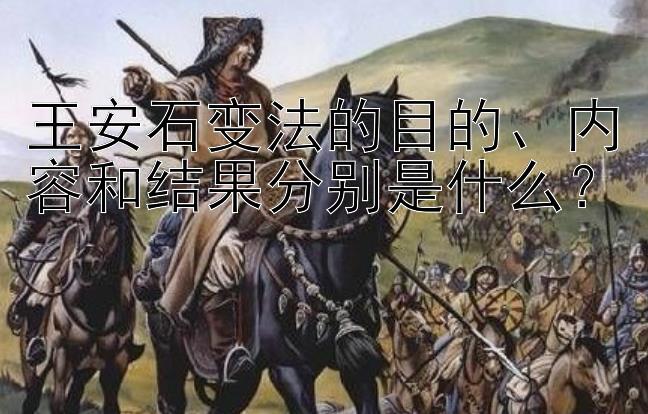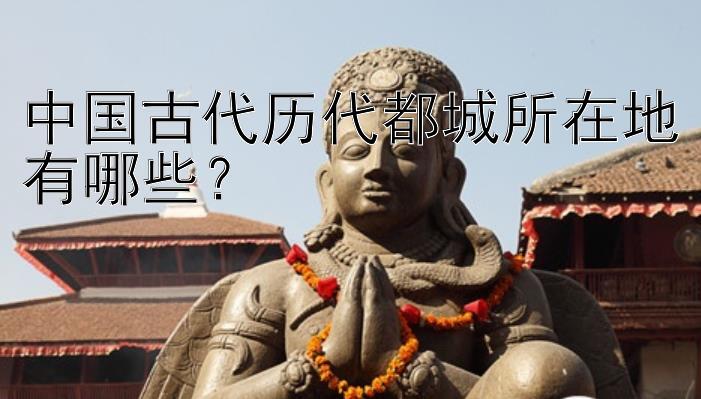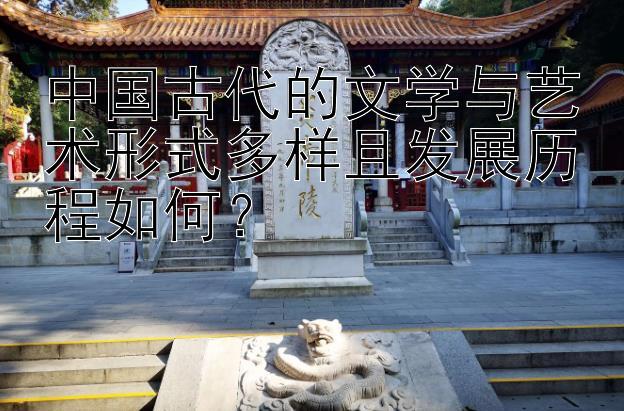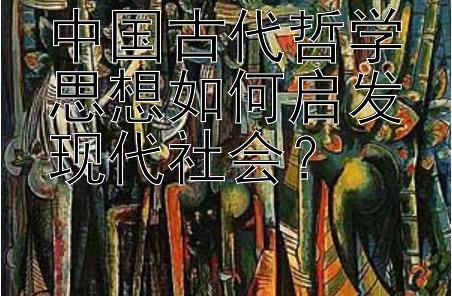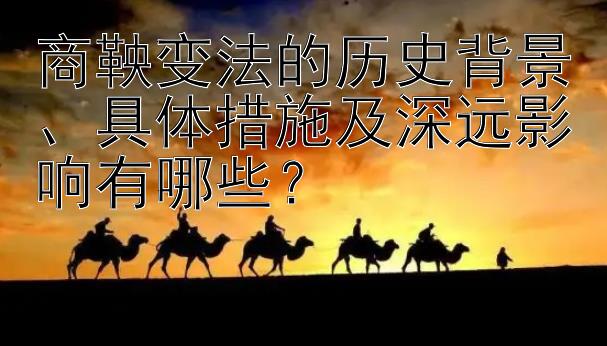中国作为一个多民族国家,拥有悠久的历史和丰富的文化传统。不同民族在中国历史文化中的存在既有共性,也有显著的差异。这些共性和差异 reflect the complex interactions and historical processes that have shaped China's diverse cultural landscape. 
1. Common Threads in Chinese History
One of the most prominent examples of a shared heritage is the written language. The development of Chinese characters has played a central role in unifying the various ethnic groups, serving as a common medium for communication and preserving literature across different regions. Despite regional dialects and local languages, the use of standardized Chinese script has been a cornerstone of national identity.
Moreover, many religious practices and philosophies have transcended ethnic boundaries. Buddhism, Taoism, and Confucianism are three major belief systems that have had profound influence on all parts of China, shaping moral codes, social structures, and artistic expressions regardless of ethnicity. These philosophical traditions often adapted to local customs and beliefs, creating a syncretic blend of ideas within specific cultures.
In terms of historical events, significant moments such as the founding of dynasties or periods of foreign invasion have resonated with multiple ethnicities. For instance, the fall of the Ming Dynasty and the subsequent Manchu conquest led to the establishment of the Qing Empire, which ruled over a multi-ethnic population for nearly three centuries. This period was marked by both conflicts and integration between Han Chinese and non-Han peoples, leaving lasting imprints on the nation's culture and society.
2. Diversity Amongst Ethnic Groups
Despite these shared experiences, each ethnic group brings its own distinct history, customs, and narratives to the table. Minority groups like the Uyghurs, Tibetans, Mongols, Hui, Zhuang, and many others have their own unique stories and historical trajectories that set them apart from the majority Han Chinese population. Their traditional music, dance, art, cuisine, and festivals often bear witness to their independent cultural evolution.
For example, Tibetan Buddhism, while sharing some core principles with other Buddhist schools, has developed distinctive features influenced by Bon, an indigenous religion of Tibet. Similarly, the nomadic lifestyle of the Mongolian people has left a deep mark on their culture, including their epic poetry and equestrian traditions. Each minority group has its own heroes, folktales, and historical figures that are integral to understanding their particular ethos.
Furthermore, the distribution of ethnic populations throughout the country can also contribute to differences in historical experience. Geographical isolation, such as in mountainous areas or remote regions, has allowed certain minorities to maintain more autonomous lifestyles and preserve aspects of their pre-modern societies that might otherwise have been lost due to outside influences.
3. Interaction and Integration
Throughout history, there have been periods of intense interaction and exchange among different ethnicities. During times of peace and prosperity, trade networks and cultural exchanges flourished, leading to cross-pollination of arts, sciences, and technologies. However, conflict and oppression have also occurred, sometimes resulting in forced assimilation or displacement.
The modern era has seen concerted efforts towards ethnic unity through policies such as Mandarin being designated as the official language and education reforms aimed at promoting cultural diversity. Yet, balancing the preservation of individual identities with fostering a sense of collective belonging remains a challenge.
In conclusion, the study of Chinese history reveals a tapestry of interwoven threads representing the myriad cultures that make up this vast land. While certain elements bind together disparate groups—such as the written word, spiritual beliefs, and key historic milestones—the uniqueness of each ethnicity continues to enrich the fabric of China's national heritage. Understanding and appreciating these variations not only enriches our knowledge of the past but also contributes to building a harmonious future where diversity is celebrated and respected.
- 中原文化如何在中华古代史上对少数民族文化产生辐射影响?
- 中国古代的留学生在大小单双规律技巧 文化交流中究竟发挥了怎样的作用?
- 鉴真东渡究竟对中日文化交流做出了哪些贡献?
- 中国古代对外交往时如何通过礼仪文化影响外交策略?
- 中国古代朝代更替的主要原因究竟为何?其过程又是如何演变的?
- 中国古代史上外国使者来华带来了哪些历史事件与影响?
- 历史上文化交流与融合如何塑造了当今世界?
- 中国上下五千年历史文化的独特魅力究竟何在?传承密码又隐藏着怎样的奥秘?
- 中国古代货币制度是如何演变的?
- 2024年跨国婚姻如何推动不同文化交流与融合?历史案例启示录
- 伊朗历史文化如何与丝绸之路沿线国家展开交流与互动?
- 黎巴嫩历史文化如何在阿拉伯世界及国际文化交流中发挥其独特贡献?
- 中国古代四大发明如何塑造世界历史文化进程并影响现代传承?
- 世界历史中的文化冲突与融合如何为当今跨文化交流提供借鉴?
- 世界历史上的文化冲突与融合如何为当今跨文化交流提供启示?
- 2024年世界各国文化年活动如何促进文化交流与融合,其历史意义又何在?
